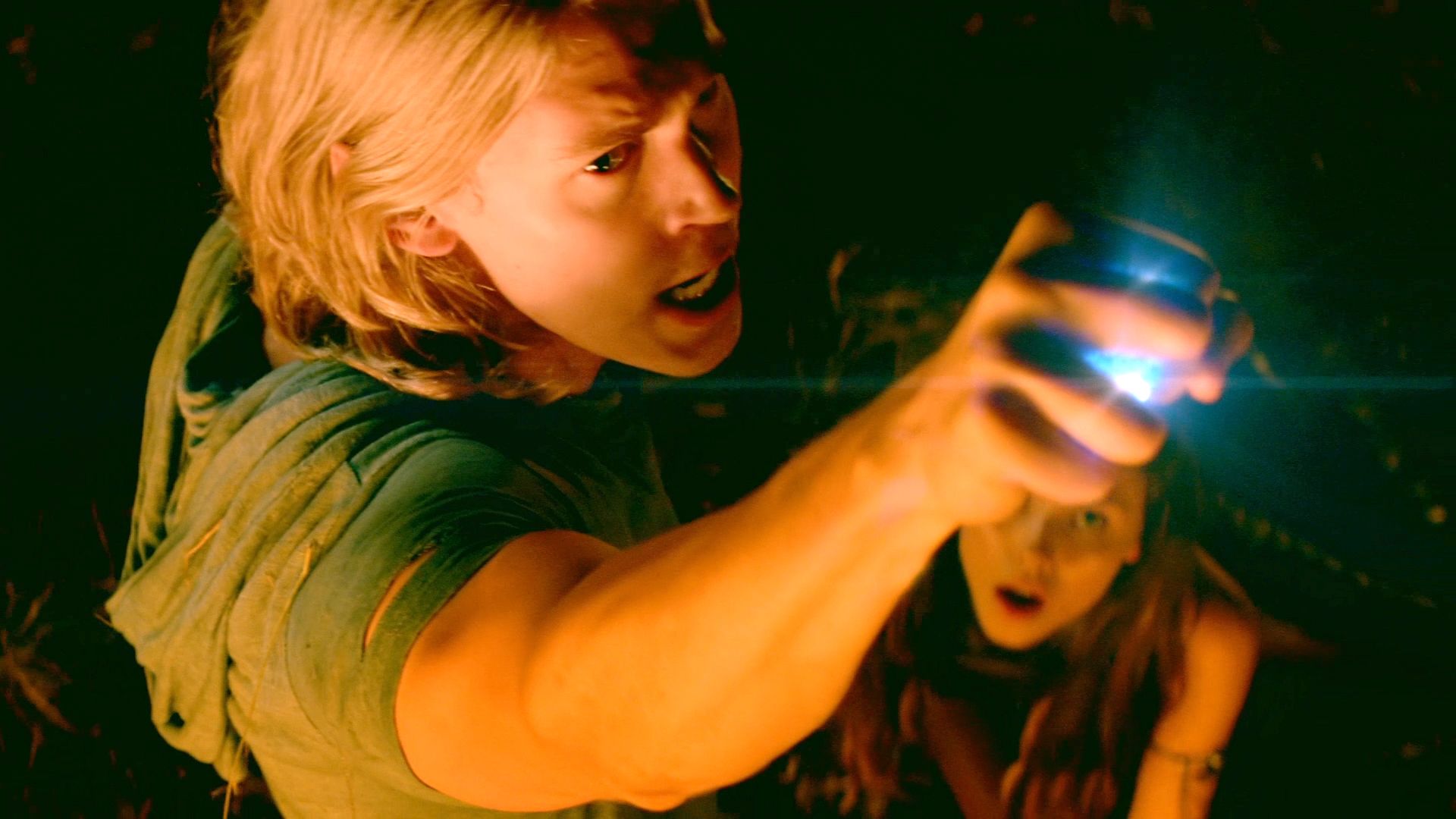By Jay Scarlet
The recent announcement that MTV has decided to renew The Shannara Chronicles for a season 2, along with the apparent likelihood that the new season will continue to follow the same characters (rather than skipping straight to adapting the next book in Terry Brooks’ Shannara series, which features the next generation of heroes), means that writers of the television show will have an opportunity to delve more into some of the psychological nuance that pervades the novels. In no case is this more necessary than in that of Wil Ohmsford and his use of the Elfstones.
For those readers not familiar with either version of the story, first a little background. Although it is a fantasy series, Shannara takes place in a version of our world. In the far distant past, the time of faery, some beings were good and some were evil, but magic was common to both sides. Wars were fought, until the good side created a magical tree, the Ellcrys, that banished the evil ones, called Demons, to another realm. Eventually humans came to dominate the Earth and the faery creatures, among them Elves, went into hiding or died out, and magic (mostly) passed out of the world, with science the new paradigm. Some time in what we would consider the near future, a series of conflicts involving nuclear, chemical, and biological weapons, called the Great Wars, wiped out most of human civilization and brought great changes to the geography of Earth itself. Many of those people who did survive were changed, mutated in ways that led to them being named after some the creatures from folklore – e.g. Dwarves, Gnomes, and Trolls. The remaining Elves, now mortal and non-magical, also joined these new people alongside the unmutated humans. Thousands of years after the Great Wars, nature has more or less recovered, and magic has been rediscovered as a source of power, though it remains uncommon. As the story opens, the Ellcrys begins to fail, and the first of the Demons start to escape back into this world, intent on destroying everything.

Allanon, the last of the Druids (an order dedicated to rediscovering knowledge of both science and magic, with members from all races), and the Elves determine that in order to restore the Ellcrys, a quest must be undertaken by one of her caretakers to prepare a seed. Unfortunately, the Demons also know the rules of this game, and kill all the caretakers except one, Amberle, who was absent at the time. Allanon knows how much is expected of this girl, and, realizing that he can’t both lead the quest and fight the Demons, he recruits Wil Ohmsford to protect her. Wil is chosen because he is the current holder of a set of Elfstones, a powerful magical artifact from the time of faery, a set consists of three stones, one each for body, mind, and heart, which must all be aligned in order to harness the power. The only problem is that only an Elf can use the stones, and Wil is only partially Elven, so Wil is unsure whether he can use them.
Despite his fears, when a moment of need comes, Wil is able to use the Elfstones to destroy a Demon. However, this does not happen easily – he struggles to bring forth the magic, and once he is successful in that, he feels it changing something inside him, though he doesn’t know what. Up to this point, I’ve kept things general enough to cover both the original novel and the television adaptation, and indeed I was more than satisfied with the show’s portrayal of Wil’s first use of the stones – the difficulty and pain were clear on actor Austin Butler’s face.

Unfortunately, moving forward, this was one of the aspects of the story where the two versions diverge. In the TV show, Wil continues to use the Elfstones periodically, seemingly without problem except on one occasion that is never addressed again (unless it will come up in season 2). In contrast, in the book he goes for a long period of time in which he is unable to use the stones when he tries, and this is the subject of a number of conversations Wil has with either Allanon or Amberle, and of much self-recrimination on Wil’s part. And so it goes for a good chunk of the novel.
The moment when he finally comes to realize the truth is, in my opinion, a beautiful example of psychological processes and growth. The quest is on the point of completion when the Demon that has been doggedly pursuing them from the word go enters the chamber. Wil once again tries to use the Elfstones and once again fails. At this point a companion Wil and Amberle have met along the way, Eretria, steps forward to place herself in danger, at the same time addressing Wil by his title, “Healer!” I like to think that this calls to Wil’s mind his values, the guiding principles by which he wants to live his life. This finally allows him to see that the problem has been due to that internal change he felt when he first used the stones. On a conscious level, with no clear indication of damage, he refused to acknowledge that anything was wrong with him, instead focusing his attention on trying to help others. That is, he neglected self-care, which in this moment, he realizes, “had been a very large mistake.” Subconsciously, he became afraid of what using the Elfstones would do to him, thereby disjointing that union of heart, mind, and body necessary to unlock their power. Furthermore, he deceived himself into thinking that the problem was due to the human part of his heritage, and hiding his fear (even from himself) behind that excuse. Only now is he able to acknowledge the fear and the real danger of using the magic, and then to practice values-guided acceptance – ‘yes, there is danger to me, but it is more important to save Eretria, Amberle, and the rest of the world.’ Thinking along these lines, he is able to summon the Elfstones’ power and destroy the Demon.

I do not mean to imply that Terry Brooks necessarily intended for the scene to so clearly illustrate psychological principles (especially given that the science wasn’t yet there at the time he was writing), but as great artists do, he wrote a very human character with human traits, and thereby revealed something of human nature.
Of course, Wil will continue to grapple with some of the truths he just realized, which is why, while I acknowledge that the introspection of that moment is something that would be extremely difficult to portray in a visual medium such as television, I really do hope that the writers will find a way to bring at least some element of this into the discussion in season 2. Whether or not that happens, we shall see.
Jay Scarlet is a librarian and occasional writer. He has contributed to the website Legion of Leia, as well as the books Star Wars Psychology: Dark Side of the Mind, Game of Thrones Psychology: The Mind is Dark and Full of Terroes, and Star Trek Psychology: The Mental Frontier. Follow him on Twitter @jayscarlet42.
